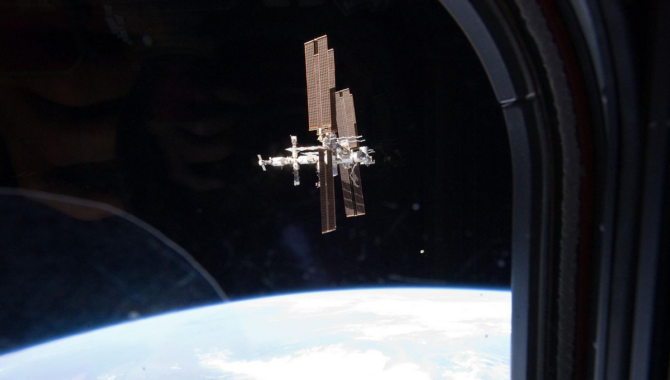
A small crew and a large cargo of food, supplies, and spare parts mark the last time a space shuttle docked with the International Space Station.

A small crew and a large cargo of food, supplies, and spare parts mark the last time a space shuttle docked with the International Space Station.
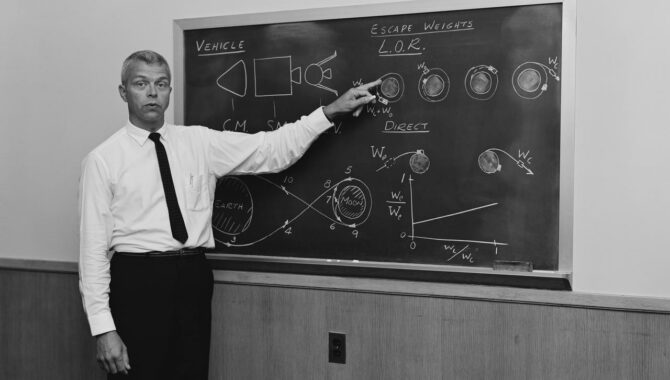
Understanding how pressure impacts performance can yield better decisions.

Astronauts struggled with EVA unit and docking target during three-day mission overshadowed by pre-launch accident.
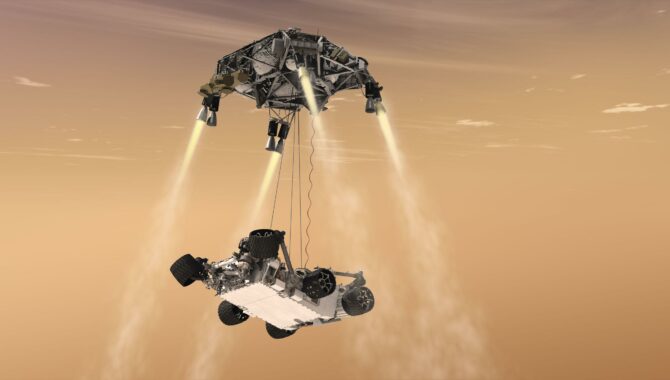
Continuous, integrated risk management process enables NASA to develop missions with complex, state-of-the-art engineering systems designed to achieve ambitious science objectives.
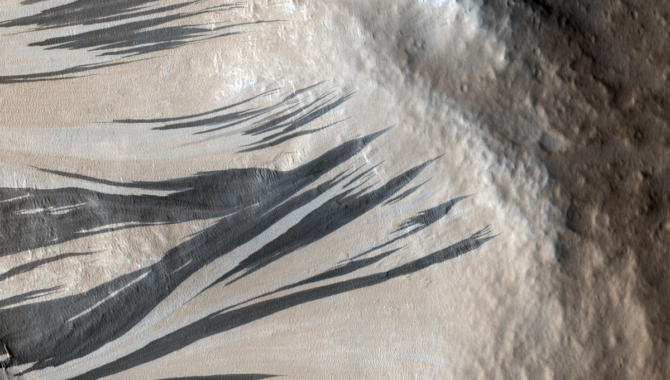
Researchers cross-check curious features with temperature, geological features, and wind speed data to check key theory.
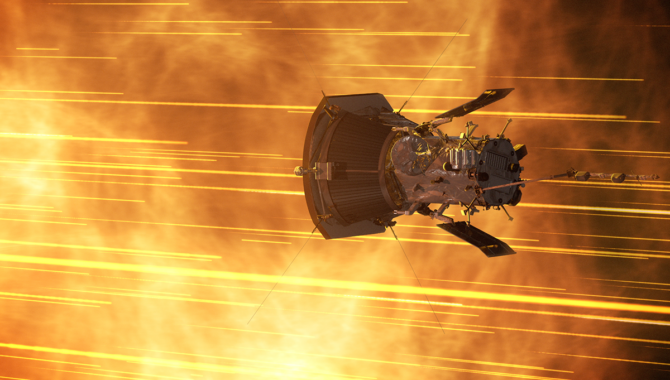
Team wins prestigious award for mission that has rewritten scientific understanding of solar processes.

Debates about what would follow the Moon landing lead to the development of NASA’s first space station.
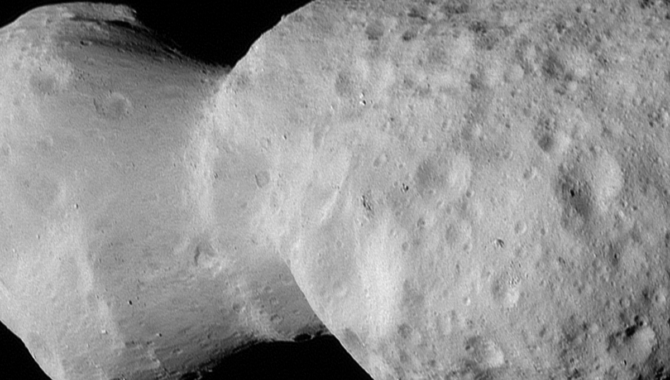
50 years after Donald Johanson makes pivotal discovery of Lucy skeleton, NASA’s Lucy spacecraft studies Donaldjohanson.

Four satellites will work together to create detailed images of the Sun’s corona seeking insight into how the solar wind forms.